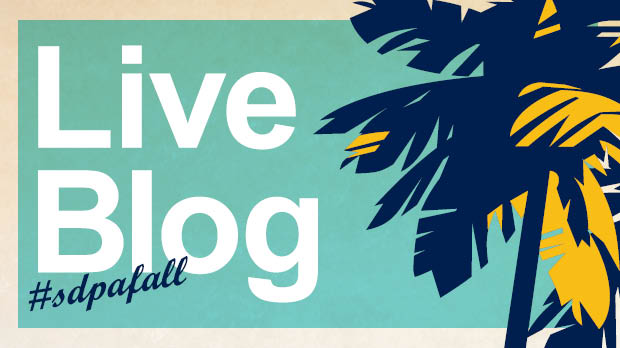
SDPA Fall 2018 | Product Theater | Changing How We Treat Raised Seborrheic Keratoses (SKs)
Dr. Fran Cook-Bolden presented Changing How We Treat Raised Seborrheic Keratosis (SKs) at the 16th Annual Fall Dermatology Conference. In this lecture, she presented the first and only FDA-approved topical treatment for raised SKs.
Dr. Cook-Bolden highlighted that SKs can develop anywhere on the body excluding the palms, soles, and mucous membranes, and typically appear as well-demarcated, elevated or “stuck on” like lesion. She stated that 73% of women and 42% of men have taken measures to hide, disguise or remove their SKs, and more than 80% of surveyed patients were interested in treatment for these lesions.
Eskata is a 40% (w/w) hydrogen peroxide topical solution that is indicated for the treatment of seborrheic keratosis that are raised. The Physician’s Lesion Assessment (PLA) scale was developed to assess or quantify response to SK treatment. Primary efficacy endpoints in the study evaluating Eskata were the percentage of subjects with clearance (PLA = 0) of at least 3 of 4 targeted lesion and percentage of subjects with clearance (PLA = 0) of all 4 targeted lesions at Day 106. In addition, adverse events were assessed on a per-subject basis. Eskata was shown to be more effective than vehicle in achieving both efficacy primary endpoints.
Common local skin reactions observed 10 minutes after treatment typically include erythema, stinging, edema, pruritus, and vesiculation.
Dr. Cook-Bolden concluded the lecture stating that Eskata is a treatment option for SKs, especially in highly visible areas such as the face, and can be done by physician or non-physician healthcare providers.
Byline: Martha L. Sikes, MS, RPh, PA-C
Posted: November 3, 2018







